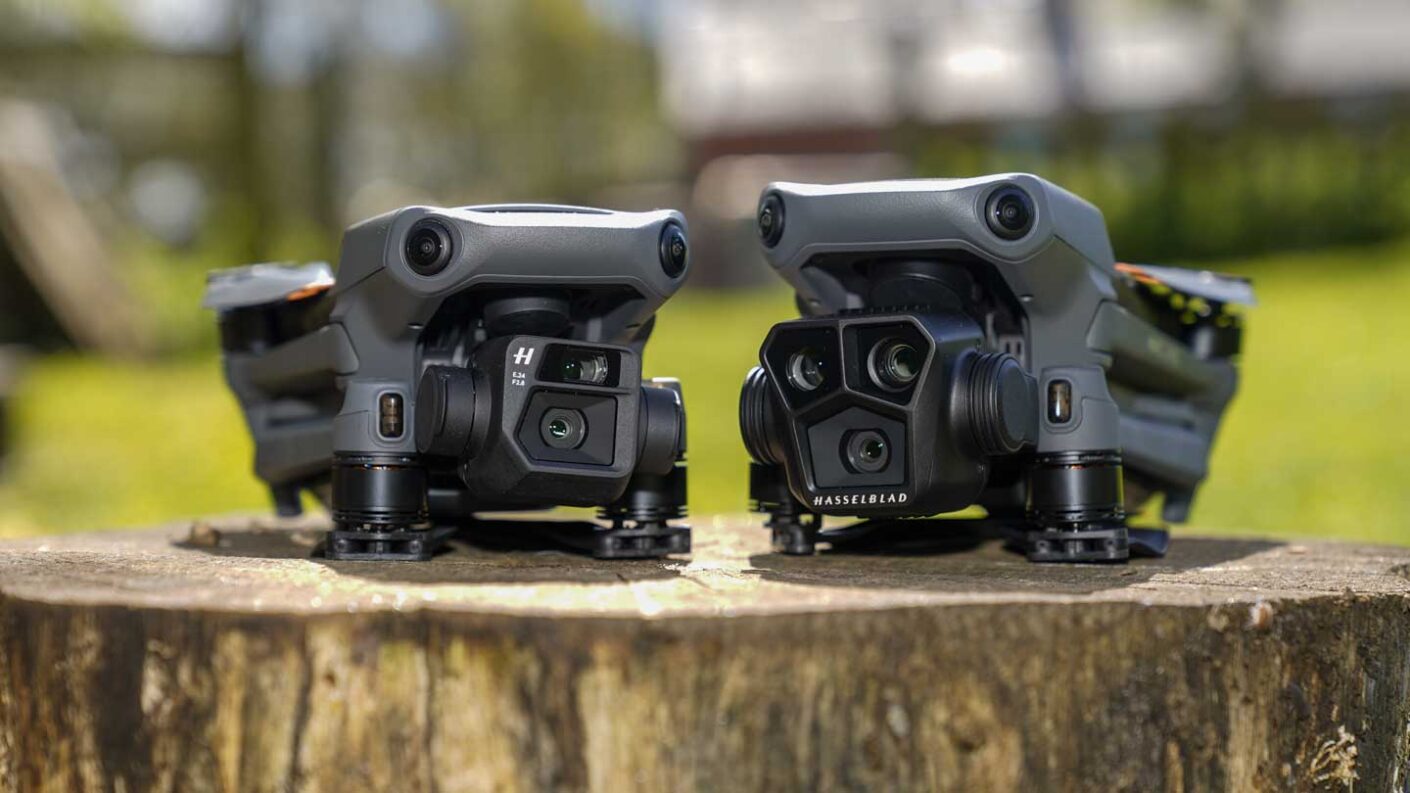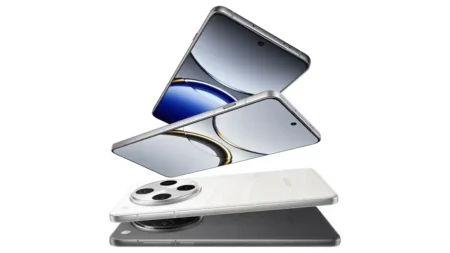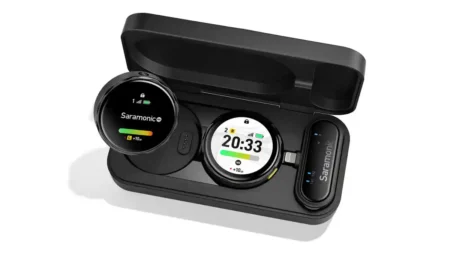DJI has always been at the forefront of drone technology, pushing the boundaries of what is possible with each new release. The Mavic 3 was a groundbreaking drone, setting a new standard for performance, image quality, and features, especially with that upgraded Hasselblad camera. But just when we thought it couldn’t get any better, DJI upped the game with the release of the Mavic 3 Pro.
This new drone represents a significant leap forward regarding camera capabilities and image quality, making it an exciting consideration for professional photographers and videographers who demand the best from their equipment but don’t want to take that leap up to the DJI Inspire 3. Here I’m going to take a look at the key differences between the Mavic 3 and the Mavic 3 Pro, exploring everything from camera specs to flight time and intelligent features so you can make an informed choice as to whether the new drone is the one for you, or you can save a bit of cash and go for the still phenomenal Mavic 3.
The camera systems of the two drones are impressive but we all know that two’s a company three’s a crowd.
One of the most significant differences between the DJI Mavic 3 and Mavic 3 Pro is their camera systems. While both drones feature advanced cameras capable of capturing stunning photos and videos, the Mavic 3 Pro takes things to the next level.

The Mavic 3 Pro features a triple-camera system with multiple focal lengths (24mm/70mm/166mm), which enables you to capture your creative vision like never before. The drone’s primary camera is a 4/3 CMOS Hasselblad camera capable of shooting 12-bit RAW photos with a native dynamic range of up to 12.8 stops. That’s an impressive range, and DJI has already announced a series of ND filters to help you obtain optimal camera settings and ensure maximum shadow and highlight detail capture. A feature that is well worth considering is the Hasselblad Natural Colour Solution (HNCS) accurately replicates the colours the human eye perceives, allowing you to capture enviable shots without post-production and complex colour presets. Additionally, the Mavic 3 Pro can capture images up to 5.1K at 50fps or DCI 4K at 120fps, providing you with loads of options.
In contrast, the DJI Mavic 3 features a dual-camera system consisting of a primary 1-inch CMOS sensor camera and a secondary telephoto camera. The primary camera can capture images up to 5.3K at 60fps and has a 28mm focal length, while the secondary camera can capture images up to 4K at 60fps and has a 75mm equivalent focal length – in my test back in 2021 I wasn’t 100% sold on the quality of this camera while I was blown away with the main Hasselblad unit.
While the Mavic 3’s camera system is undoubtedly impressive, the Mavic 3 Pro’s triple-camera system provides you with significantly more creative freedom. The multiple focal lengths enable you to switch between shot compositions with just one tap, giving a wider variety of shots from the same location.
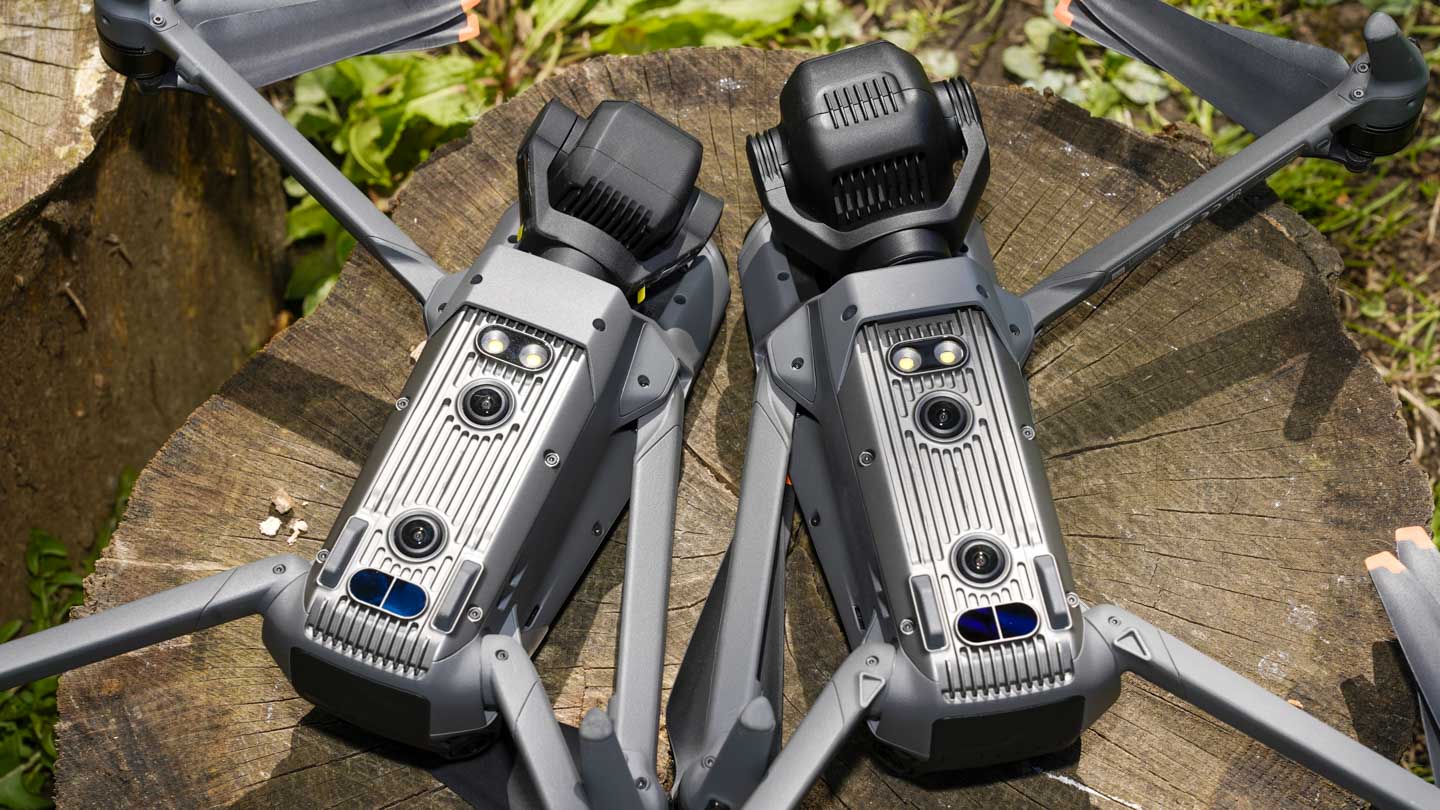
Moreover, the Mavic 3 Pro’s medium tele camera (70mm format equivalent) suits various scenarios, from framing intriguing buildings to cars in commercial shoots. Its 1/1.3-inch CMOS sensor and 3x optical zoom compress the depth of field and focus on highlighting the subject and giving a unique sense of depth and space.
The Mavic 3 Pro’s 10-bit D-Log M colour mode supports recording up to one billion colours. Even in high-contrast scenarios, like sunrises and sunsets, it delivers natural colour gradations with delicate details for a full-spectrum visual experience.
In summary, while the DJI Mavic 3’s camera system is impressive, the Mavic 3 Pro’s triple-camera system is on another level. With multiple focal lengths, advanced colour modes, and superior obstacle avoidance technology, the Mavic 3 Pro is undoubtedly the better option for professional content creators.
Flight time and range between the Mavic 3 and Mavic 3 Pro are pretty even.
One slight difference between the DJI Mavic 3 and the Mavic 3 Pro is their flight time. The Mavic 3 has a maximum flight time of 46 minutes, which is impressive in its own right. However, the Mavic 3 Pro takes a slight drop with a maximum flight time of 43 minutes no doubt due to the 36g additional weight.
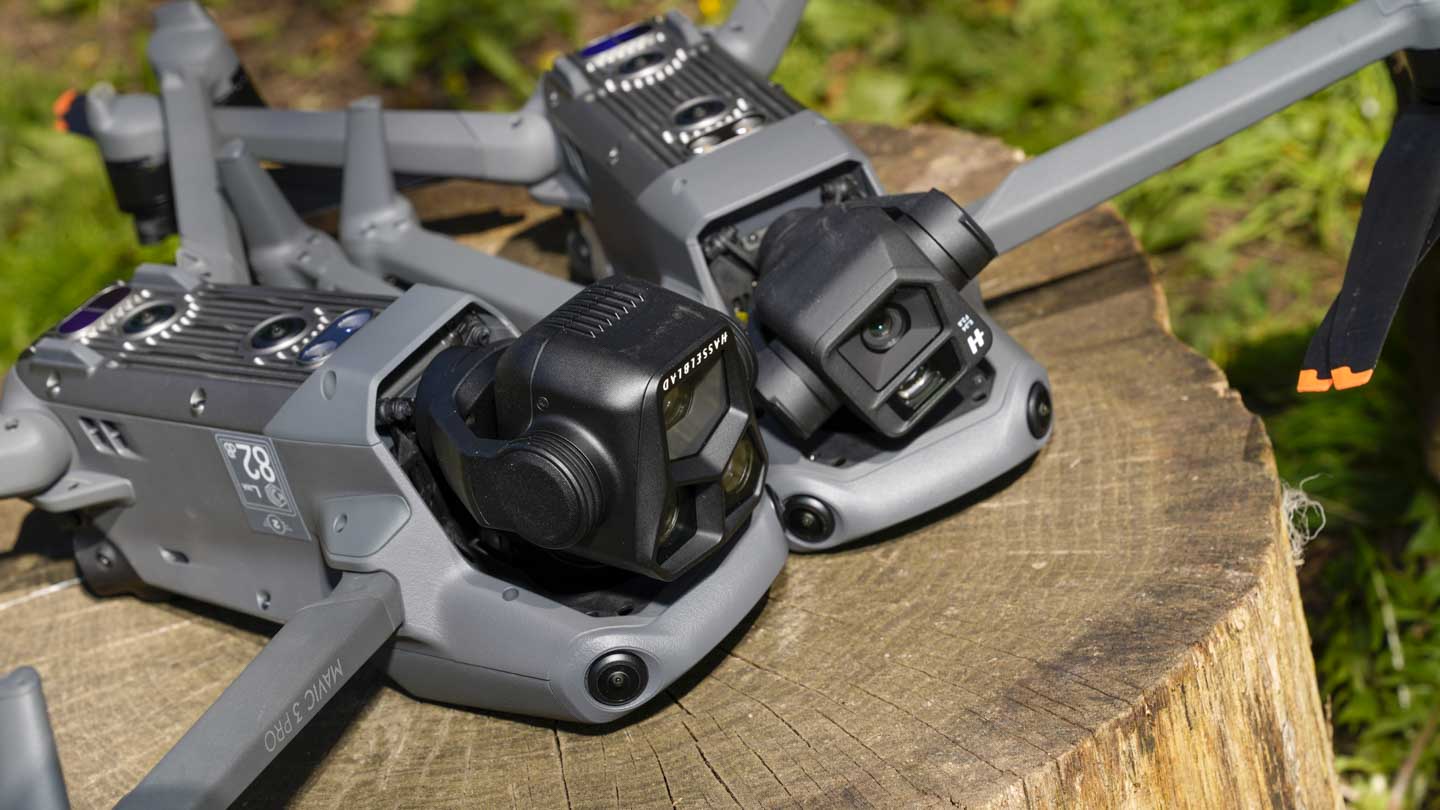
When it comes to range, both drones have an impressive reach. The Mavic 3 and Pro can transmit a 1080p/30fps, 1080p/60fps HD live feed at high frame rates at a distance of up to 15 km.
The increased flight time and range of the Mavic 3 Pro can be particularly useful for professional videographers and photographers who need to capture footage in remote locations or over a longer period. With the Mavic 3, you can spend more time in the air and cover a larger area, allowing you to capture more footage and get the shots you need. The longer flight time also means that you can take your time setting up each shot without worrying about running out of battery life, but at 43 minutes for the Pro and 46 minutes for the Mavic 3, there really is little in it.
Intelligent flight modes are the Mavic 3 and Mavic 3 Pro matched?
One of the most popular features of DJI drones is their intelligent flight modes, which allow users to capture complex shots with ease. Both the Mavic 3 and Mavic 3 Pro come with a range of intelligent flight modes, but there are some differences in their features and ease of use.
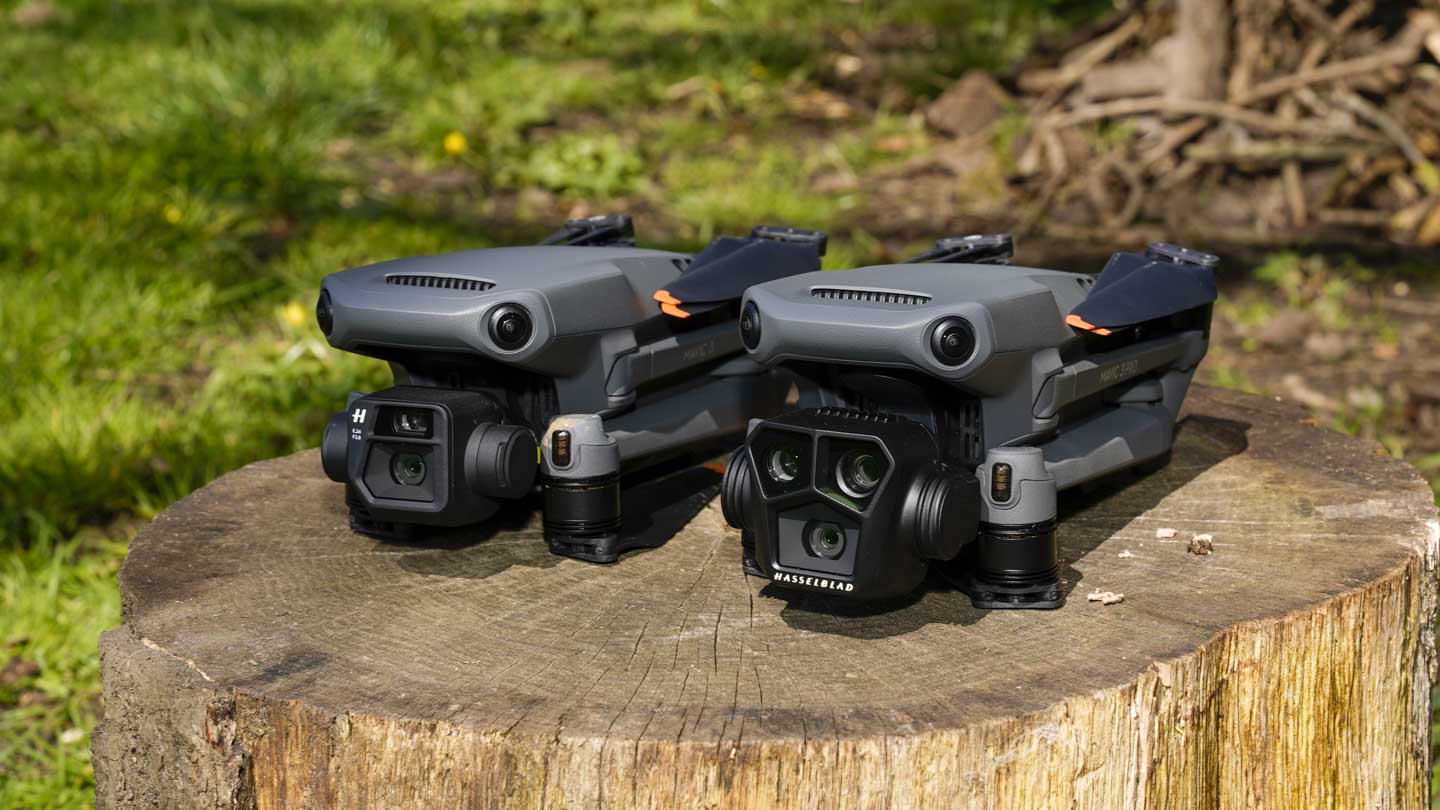
The Mavic 3 comes with a variety of QuickShots, including Dronie, Rocket, Circle, and Helix, which allow users to capture dynamic shots with just a tap. The drone also features FocusTrack, which includes ActiveTrack 5.0, Spotlight, and Point of Interest, enabling stable tracking shots in multiple directions. Additionally, the Mavic 3 has a panorama mode, allowing users to capture a 100MP lossless panorama photo to capture a more extensive and magnificent landscape.
One of the standout intelligent features is MasterShots, which are enabled with just one tap, and the drone will automatically shoot, edit, and add soundtracks to generate cinematic footage automatically. MasterShots can be particularly useful when you’re just starting out and want to capture professional-looking footage without having to spend hours editing it.
Additionally, the Mavic 3 Pro and Mavic 3 include ActiveTrack 5.0, Spotlight 2.0, and Point of Interest 3.0. These upgraded features provide more advanced tracking capabilities, making it easier to capture complex shots. The Mavic 3 Pro also features a new feature called CineFocus, which allows users to set focus points on the drone’s screen and track them with precision.
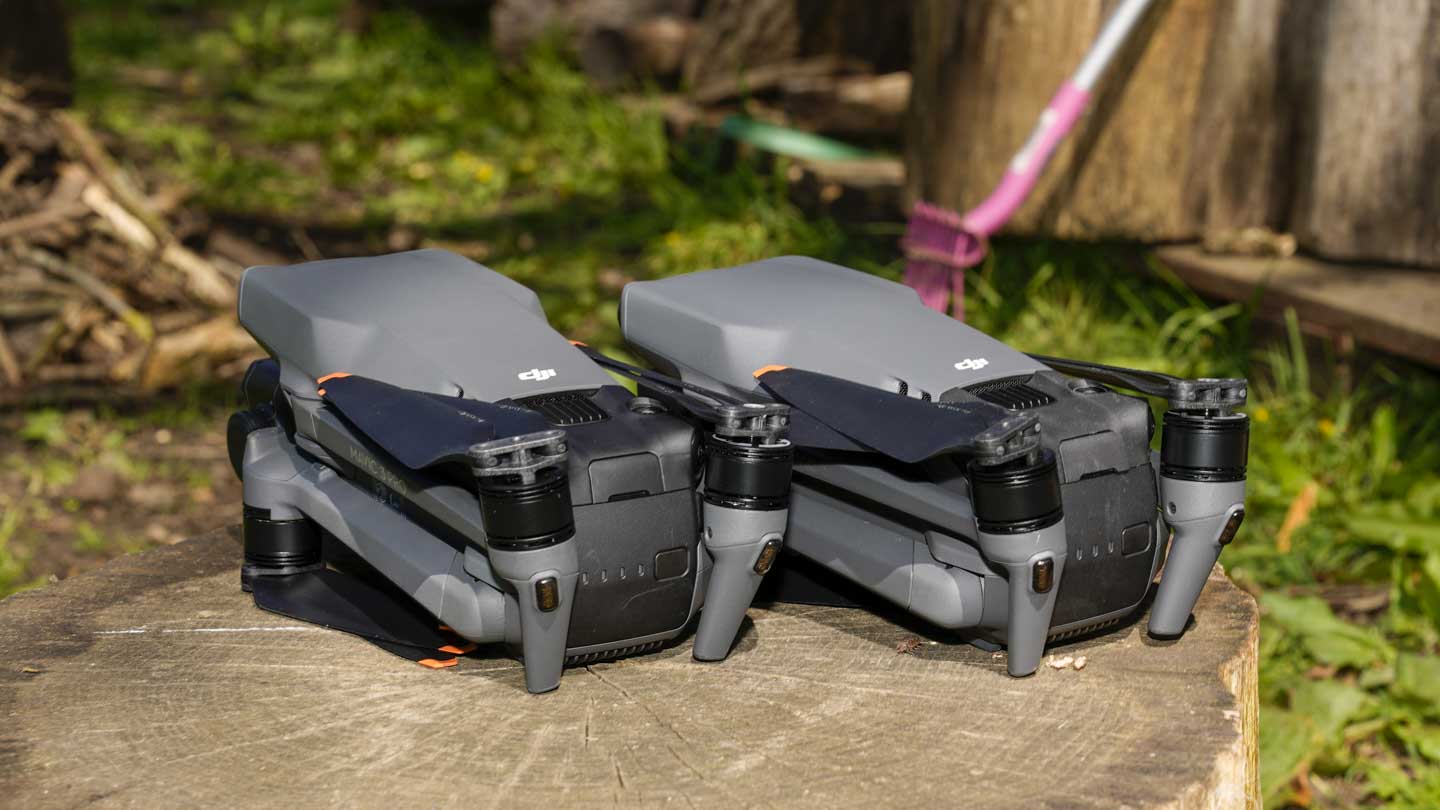
Overall, both drones have an impressive range of intelligent flight modes, with the Mavic 3 Pro having a slight edge due to the more powerful and higher-quality camera. However, the Mavic 3’s QuickShots and panorama mode are still incredibly useful and can produce stunning footage. In terms of ease of use, both drones are relatively easy to fly and use their intelligent flight modes, although some of the more advanced features on both may require some practice to master.
Price how do the two drones compare on price and features?
The DJI Mavic 3 and Mavic 3 Pro are both high-end drones that come with a hefty price tag. The Mavic 3 starts at a retail price of £1,649, while the Mavic 3 Pro starts at £1,879. The Fly More Combo of the Mavic 3 is available for £2,299, while the Mavic 3 Pro Fly More Combo is available for £2,549.
The Mavic 3 Pro is the more expensive option due to its advanced camera system and additional features. These features are geared towards professional videographers and photographers who need the highest quality footage and greater flexibility in post-production.
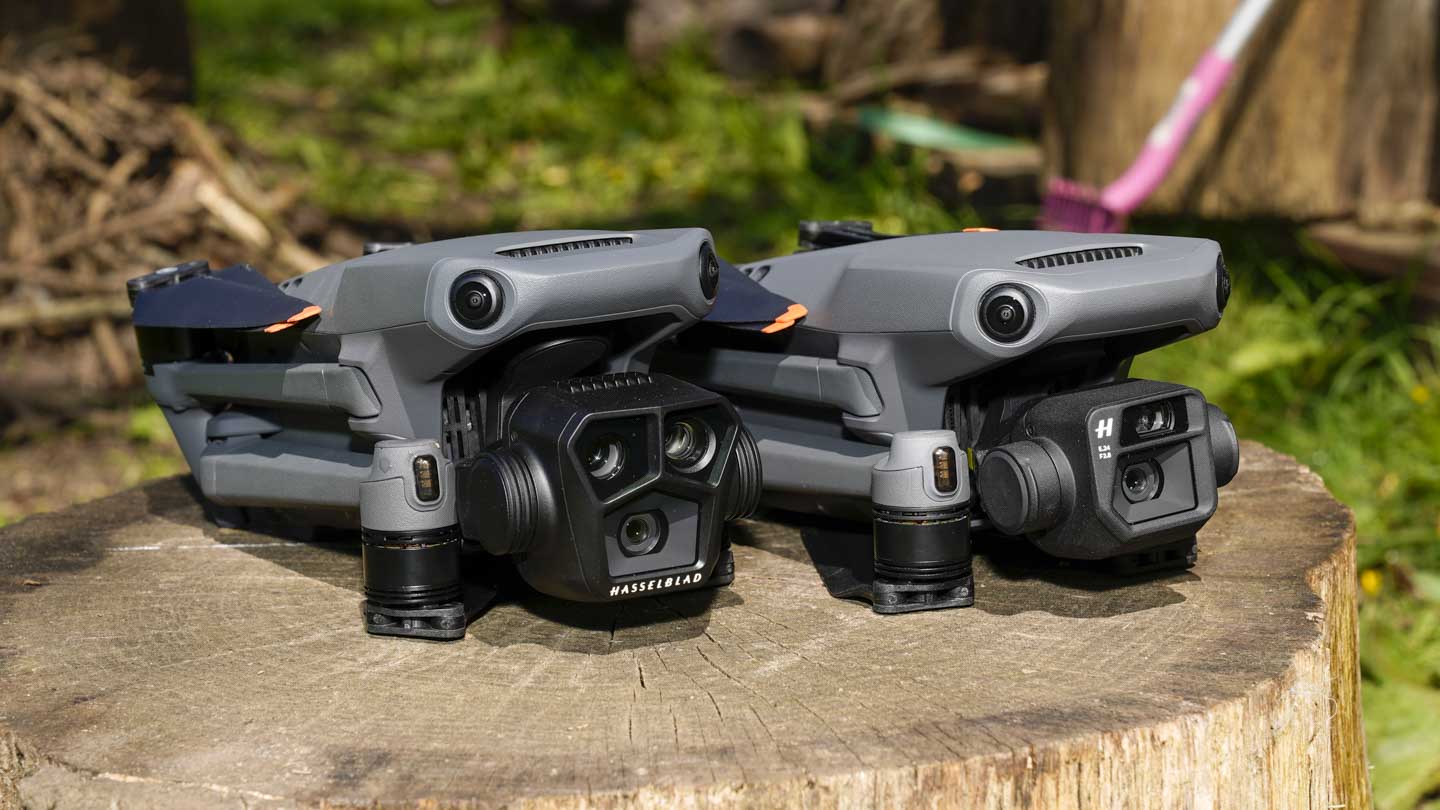
However, the Mavic 3 is still an outstanding choice, although in reality, you can get the Mavic 3 Classic for less money and although it doesn’t have the tele lens in my opinion it’s a better choice. The Mavic 3 comes with an impressive camera system that can capture 5.1K video at 50fps or DCI 4K at 120fps, as well as an obstacle avoidance system and intelligent flight modes. The Mavic 3 also has a longer flight time than the Mavic 3 Pro, which may be an important consideration for those who want to capture more footage on a single battery charge.
Ultimately, the decision between the Mavic 3 and Mavic 3 Pro may come down to your specific needs and budget. If you are a professional videographer or photographer who needs the highest quality footage and advanced features, then the Mavic 3 Pro may be worth the investment. However, if you are a professional, hobbyist or casual user who wants a reliable and high-performing drone, the Mavic 3 may be the better option for you.
Design and build quality including their weight, size, and durability.
The DJI Mavic 3 and Mavic 3 Pro share a similar design aesthetic, with a foldable and compact frame that makes them both easy to transport. The drones feature a sleek and professional look, with a matte grey finish.
In terms of size and weight, the Mavic 3 measures 221×96.3×90.3 mm when unfolded (without propellers) and has a weight of 895g, while the Mavic 3 Pro measures Unfolded (without propellers): 347.5×290.8×107.7 mm when unfolded and has a weight of 968g The Mavic 3 Pro is slightly larger and heavier due to the additional camera and sensor technology that it houses.
Both drones are built with high-quality materials and have a durable feel to them. They are designed to withstand the rigours of outdoor use, and DJI has put the drones through extensive testing to ensure that they can handle extreme weather conditions and accidental drops.
One notable design difference between the two drones is something that you’ll only notice if you look carefully and that’s the slight elevation of the front of the DJI Mavic 3 Pro due to the additional size of the front loaded camera.
In terms of build quality, both drones are well-made and feel solid in the hand. The Mavic 3 Pro is aimed at professional videographers and photographers who need the best possible drone for their work, and its design and build quality reflect that level of quality and sophistication. When you have both side by side you can see that unlike the Classic that was a cheaper slightly stripped down version, the Mavic 3 Pro feels like a replacement.
Overall performance of the Mavic 3 and Mavic 3 Pro
The DJI Mavic 3 and Mavic 3 Pro are both high-performance drones with a range of features and capabilities. While the two drones share many similarities, there are also some significant differences in terms of performance.

In terms of ease of use, both drones are designed to be intuitive and user-friendly. They come with a range of features and intelligent flight modes that make it easy to capture stunning aerial footage, even if you’re new to drone photography. Both drones also offer advanced controls for experienced pilots, allowing you to customize the flight settings and get the shots you need.
When it comes to compatibility with accessories, both drones offer a range of options for expanding their capabilities. For example, you can use the DJI Smart Controller with either drone, which provides a high-quality display and a range of advanced controls. Additionally, both drones are compatible with a range of other accessories, including ND filters, extra batteries, and propeller guards.
However, there are some differences in overall performance between the Mavic 3 and Mavic 3 Pro. As previously mentioned, the Mavic 3 offers a longer maximum flight time. The Mavic 3 Pro also offers a triple-camera system with multiple focal lengths, which provides greater versatility and creative control when capturing aerial footage.
In terms of price, the Mavic 3 is more affordable than the Mavic 3 Pro, making it a more accessible option for hobbyists and casual users, but there really is very little in it. At the end of the day the DJI Mavic 3 Pro is the replacement for the Mavic 3, so unless there’s a significant price drop for the Mavic 3 and knock on for the Mavic 3 Classic, spend the extra cash and go for the latest version.
